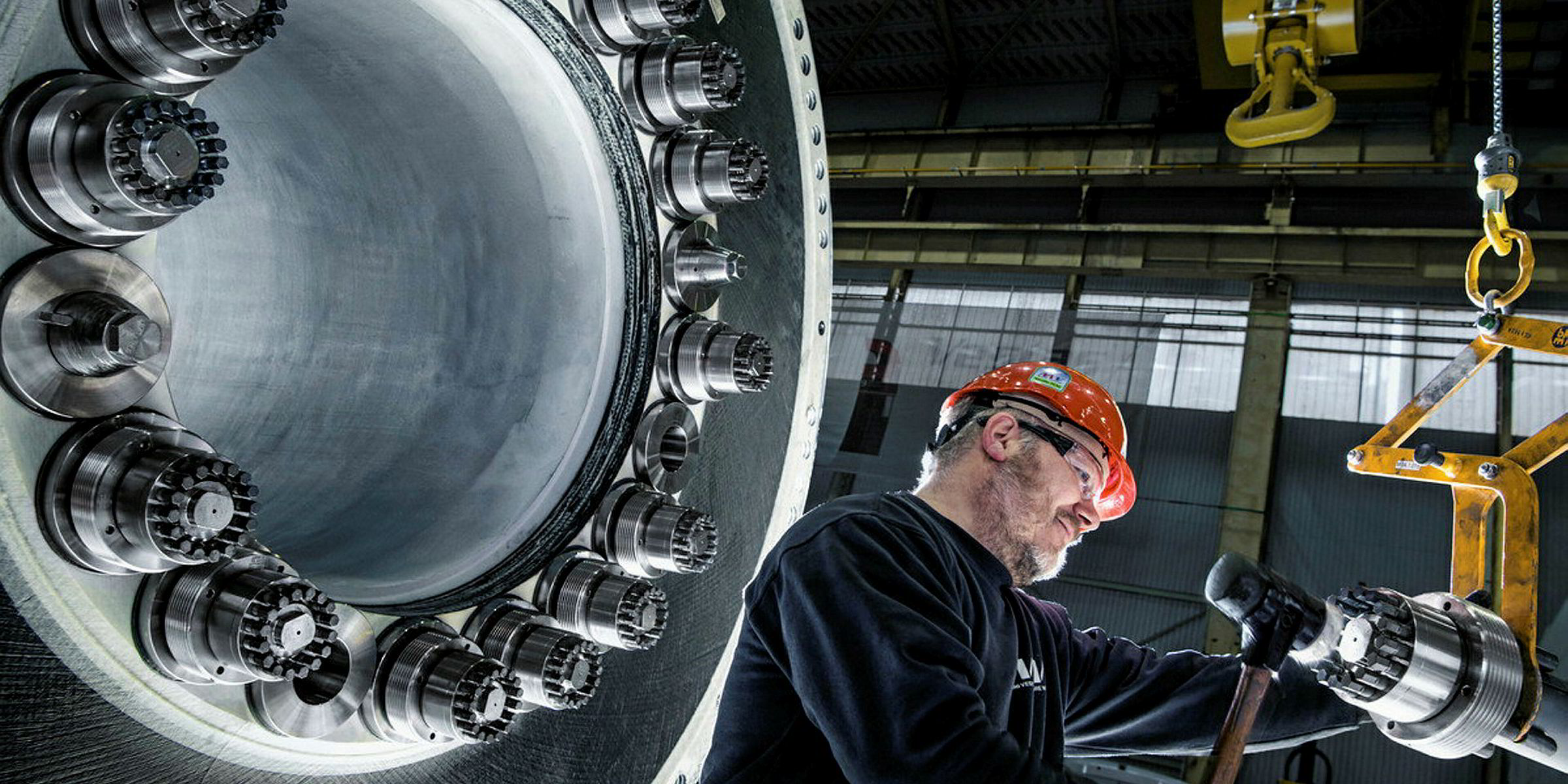The potential of the global wind turbine supply chain reaches a staggering $540bn over the next ten years, analyst Wood Mackenzie Power & Renewables expects, but also warns of a rising disparity between megawatt growth and units deployed as well as a steeper market concentration.
“We expect the global market share among the top five-turbine OEMs to rise to more than 73% by 2027, compared to just 54% in 2016. It is therefore imperative that component suppliers secure strategic relationships with these winning OEMs to solidify their own future success,” said Shashi Barla, senior analyst at Wood Mackenzie, commenting on the report ‘Global wind turbine supply chain trends.’
The top five turbine OEMs by 2027 are expected to be Vestas, GE, Goldwind, Siemens Gamesa and another Asian OEM, Wood Mackenzie added, when asked by Recharge.
The report estimates that global wind annual installations will grow 40% in the next decade - from 53GW in 2018 to over 75GW by 2027.
“Pressure to lower the levelised cost of electricity (LCOE) is accelerating technology developments, which is causing a wider proliferation of next-generation 4.X/5.X/6.XMW turbines. As a result, we expect a 20% decline in the total number of turbines deployed, from over 20,000 turbines in 2018 to just over 16,000 by 2027,” Barla reckons.
India according to the report currently stands to benefit as the trade tariff conflict between the US and China intensifies. Turbine OEMs and suppliers are expected to flood the market with investments in new facilities and capacity expansion to serve both domestic and export markets, including the US.
The report also highlights logistics challenges for blades and towers as component sizes become longer and taller. The analyst expects the industry to circumvent these obstacles with new transportation methods and manufacturing on-site, or at least closer to project sites.
Barla adds that after exploiting the low-cost footprint advantage in China, Western turbine OEMs are now searching for out-sourcing partnerships with Chinese component suppliers as a way to squeeze costs further.
“Offshore growth in Asian markets will facilitate expansion opportunities for independent blade suppliers, as western markets are primarily served by turbine OEMs in-house capacity,” he said.
“As blade length increases on next generation turbines, carbon fiber utilization for structural blade support is expected to increase its share of the market, from 25% in 2018 to around 57% by 2027, due to support light-weighting and other advanced properties.
In the corporate space, China’s NGC currently dominates the domestic Chinese gearbox market, Barla said.
“As noted in our research, turbine OEMs will likely scout for new suppliers in order to fend off the threat from growing NGC dominance. In western markets, Siemens’ decision to phase out direct drive turbines will likely increase the market share for gear suppliers, such as Winergy and ZF.”


